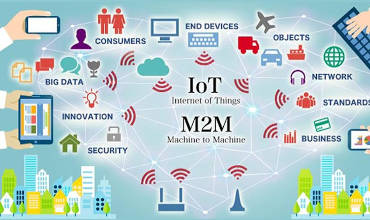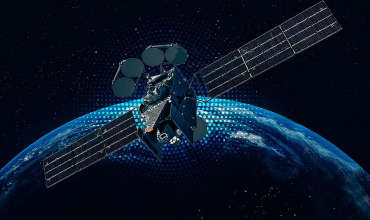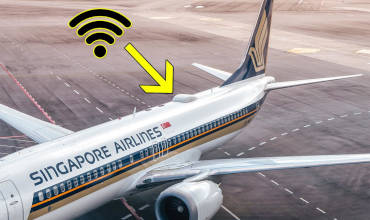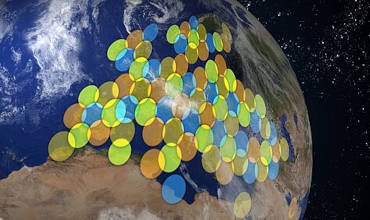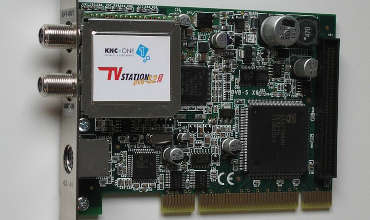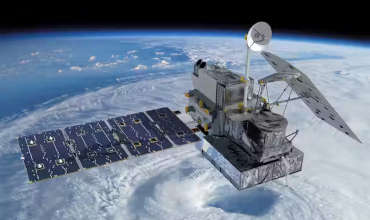Satellite Technologies and Communication Strategies
Theoretical Foundations of Satellite Technologies
Satellite technologies represent a critical juncture in the evolution of communication systems, embedding multifarious theoretical paradigms that span electromagnetic theory, orbital mechanics and digital signal processing. In the context of such a technologically sophisticated landscape, the interplay between design principles and physical constraints highlights the necessity for an integrated theoretical framework. This framework underpins the optimization of satellite functionalities, embracing phenomena such as Doppler shifting, link budget analysis and signal attenuation, which collectively ensure the robustness and efficacy of satellite-facilitated networks.
Methodological Approaches to Communication Methods
The methodologies employed in harnessing satellite-based communication are characterized by an intricate amalgamation of advanced modulation schemes, frequency allocation strategies and error correction algorithms. Researchers in the field have rigorously engaged with iterative modeling and simulation studies to refine these approaches, thereby facilitating an enhanced fidelity in data transmission even under adverse environmental conditions. This methodological rigor, encapsulated in both deterministic and stochastic analytical models, enables the precise calibration of communication pathways and engenders a resilient system architecture capable of addressing real-time data exigencies.
Implications and Emerging Paradigms in Network Architecture
Emerging paradigms in satellite communication are poised to redefine global connectivity by integrating high-throughput satellite (HTS) systems with next-generation low Earth orbit (LEO) constellations, thereby expanding both coverage and capacity. The scholarly discourse in this domain underscores the critical impact of these advancements on the scalability and adaptability of network architectures, thus driving a transformative shift in interdisciplinary applications ranging from remote sensing to autonomous control systems. As such, the continuous evolution of satellite technologies serves as a linchpin in the future of integrated communication networks, fostering novel research trajectories and facilitating a proactive response to the dynamic demands of the digital era.



